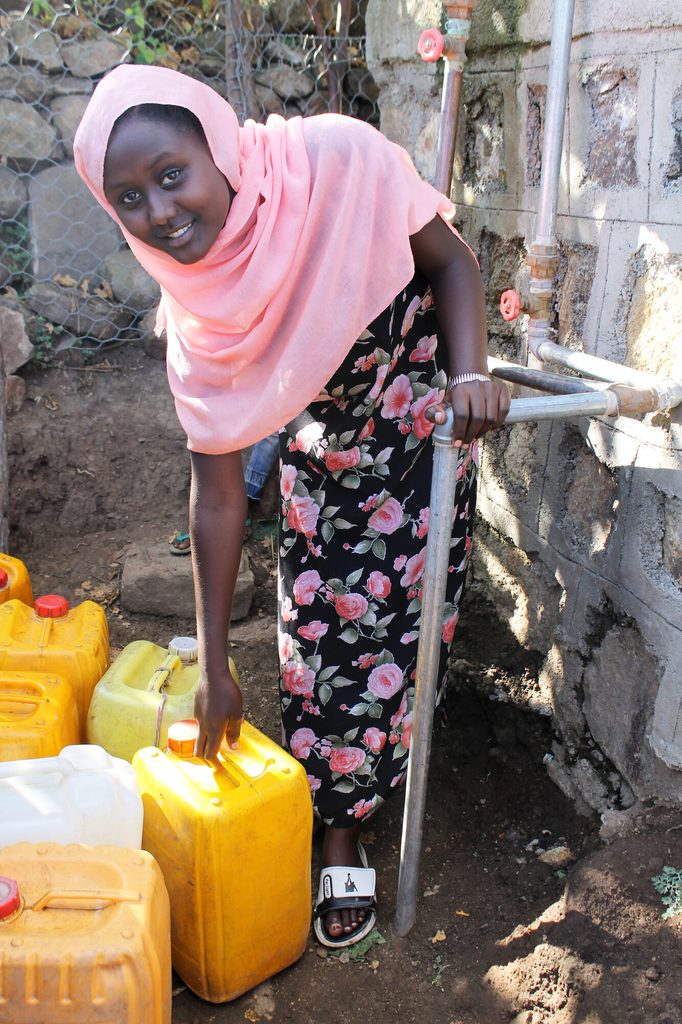Worldwide Annual Review 2025
A summary of our global impact for children, particularly girls, in 2025.
We are witnessing a human-made climate emergency that will continue to make humanitarian crises and gender inequality worse.
Climate change is a social and intergenerational injustice; those who have contributed least are most impacted.
The inequality and discrimination experienced by marginalised girls and young women are amplified by climate change. These girls will feel the greatest impacts but will not have the information and resources they need to cope.

In periods of crisis, girls are often the first to drop out of school to help their families make money, do domestic chores or look after their brothers and sisters. If they are out of school, they are less likely to learn about climate change and how to deal with its effects.
When families’ income and ability to survive are put at risk, child marriage can be seen as a way to reduce the financial burden of taking care of girls.
During and after extreme weather events, girls are at increased risk of violence and exploitation, including sexual and physical abuse, and trafficking. These risks are heightened when collecting food, water and firewood, or when staying in temporary shelters.
Disruption to health services due to disasters increases unplanned pregnancies and sexual and reproductive health problems. A lack of access to education can also limit girls’ understanding of these issues.
Girls are more likely to go hungry when food is in short supply. Also, certain diseases may affect girls more than boys if they are already suffering from malnutrition or a lack of water, especially during menstruation or if they are pregnant or young mothers.
See how the inequalities experienced by marginalised girls and young women are amplified by the impacts of climate change.
Education is crucial in building the knowledge, skills and behaviours girls need to adapt to climate change. In addition, it supports girls to be responsible for the environment and active in leading on these issues in their communities.
There is an urgent need for more girls and women to take the lead in climate policy and decision-making. This will ensure investment and action tackles the specific impacts on girls’ rights.
To limit global warming, economies must become carbon-free and sustainable. Girls and women must play a leading role in this transition so they will have equal opportunities and won’t have to face stereotypes around certain jobs not being suitable for women.
Young activists are increasingly taking action and speaking out about the urgency of reducing emissions. We must support them and put pressure on leaders to commit to tackling climate change, blogs Jess Cooke.
Currently 185 countries have agreed to limit temperature rises to 2 degrees Celsius as agreed in the 2015 Paris Agreement. However, over half of their national strategies do not include any mention of gender, while girls are almost completely ignored.
The global climate movement is being powered by girl activists, yet national climate strategies barely consider their rights. Climate action without girls and young women will fail to tackle the climate crisis today and will create bigger challenges in the future.
Governments must:
We support children to understand climate change, its impacts and how they can adapt. Through our work we also encourage children to take the lead on climate change issues and adaptation in their countries and communities.